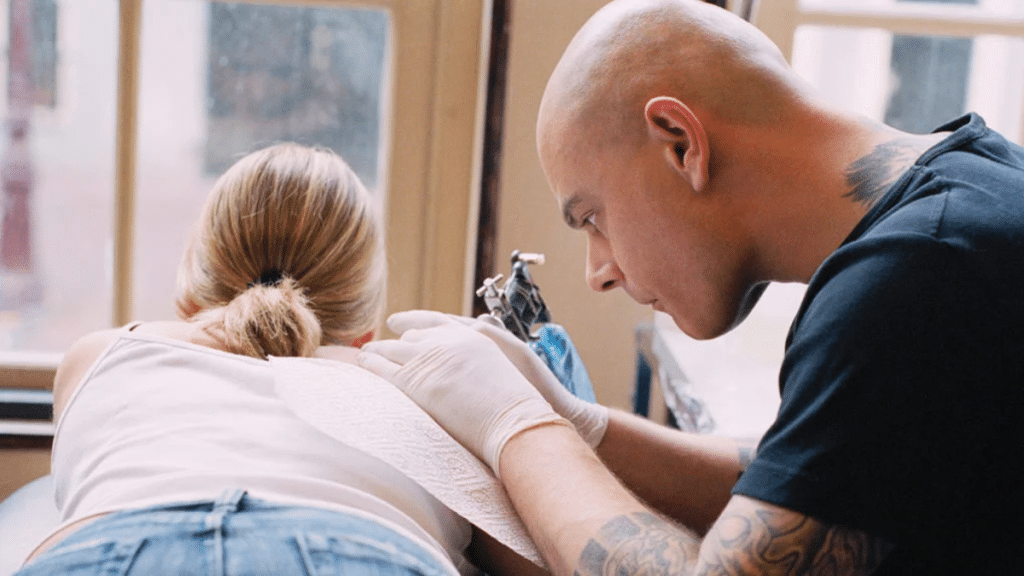Getting a tattoo is a personal and exciting decision—whether it’s your first piece or you’re adding to a growing collection. But one factor many people overlook when choosing their design is placement. Where you decide to get inked can impact the visual effect, healing process, and most notably, how much it hurts. Here’s what you need to know about tattoo placement and pain, so you can head into your appointment feeling informed and confident.
Understanding Tattoo Pain: It’s Not One-Size-Fits-All
Let’s start with the big question: Does it hurt?
The short answer is yes, but how much it hurts depends on a few factors—your personal pain threshold, the tattoo size and style, and most crucially, the placement on your body.
Pain levels vary depending on the concentration of nerve endings, the thinness of the skin, and the amount of muscle or fat in the area. Spots with less flesh and more bone tend to be more painful.
The Tattoo Pain Chart: Where It Hurts Most (and Least)
To give you a better idea, here’s a general breakdown of common tattoo placements ranked from least to most painful:
Least Painful Areas:
- Upper arm (outer): A popular choice for first-timers, thanks to the extra cushioning and fewer nerve endings.
- Thigh (outer): Offers plenty of space for larger designs and generally ranks low on the pain scale.
- Forearm: Well-padded and easily accessible, making it a go-to for many artists and clients.
Moderate Pain Areas:
- Shoulders and back (upper): A solid option for medium to large pieces with tolerable discomfort.
- Calves: Muscle mass makes this area manageable, though the closer you get to bone, the more you’ll feel it.
- Chest (outer edges): Feels similar to the upper arm but can intensify closer to the sternum.
Most Painful Areas:
- Ribs and sternum: Minimal fat and close to the bone—prepare for a sharp, intense sensation.
- Elbows and knees (inner and outer): Packed with nerve endings and less cushioning, these areas are not for the faint-hearted.
- Hands, fingers, feet and ankles: Not only more painful but also more prone to fading and requiring touch-ups.
Choosing the Right Spot: Beyond the Pain
While pain is an important consideration, it shouldn’t be the only factor in choosing tattoo placement. Think about:
- Visibility: Do you want your tattoo to be seen daily or only on special occasions?
- Career considerations: Some workplaces are more conservative than others.
- Design flow: The shape and movement of your body can influence how a tattoo looks over time.
- Healing time: Areas that experience frequent movement or friction may take longer to heal and require more aftercare.
Expert Advice Makes a Difference
Ultimately, the best way to decide on placement is by chatting with a professional tattoo artist. They can advise on the ideal spot for your chosen design while considering pain levels, practicality, and aesthetics. At Good Marks Tattoo, experienced artists take the time to guide you through every step of the process—from discussing pain expectations to offering aftercare tips tailored to your placement choice.
